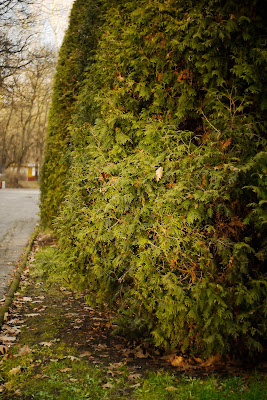Exactly, why to start a blog, when you can find gazillions of samples all over the web.
First of all - it's not that simple. I felt frustrated hundreds of times, when I wanted to buy an unusual lens and couldn't find a single photo, which was made with one. I decided to take some pictures myself and show them to you!
Second - FUN! :)
For last few days I was taking photos with two of my special M42 lenses:
I was trying to take best shots. Show the bokeh, depth of field, strong and weak spots of those two. Finally I showed it to my friends and they loved it. Simple as it is.
Finally, I have a huge collection of lenses. I started collecting cameras, but it turned out, that the soul of the picture is not in the shutter. It's 50/50 - lens and film/sensor.
One more important thing. Descriptions of lenses that are going to appear won't be professional lens tests with charts, 100% crops, measuring the aberration, distortion, vignetting, etc. Again, there are many great and flawless tests of newest lenses that show all pros and cons. I just want to show some unusual lenses, present some samples and share my knowledge :) But! in case anyone had a request to test any lens in particular way - don't hesitate and let me know!
That's it. Hope you'll enjoy it and find it useful.
P.
P.S. Sometimes I have some weird ideas to create lens-a-like objects, so I hope I'll let you know about them here!










